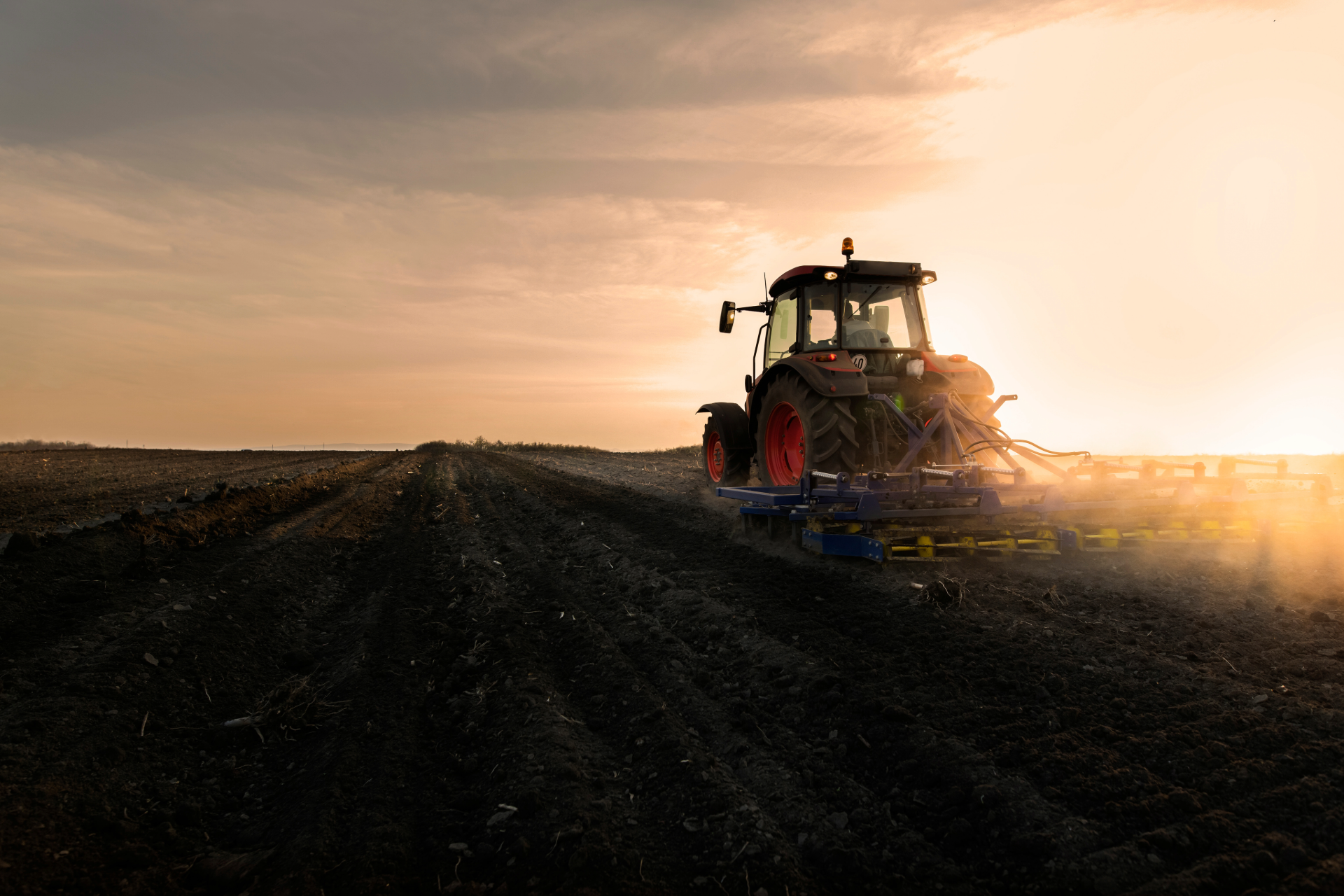Selling Farming & Construction Equipment: Best Strategies Revealed
Selling Farming & Construction Equipment By Owner: What Works Best
Selling farming and construction equipment by owner can seem daunting, but it doesn’t have to be. By developing a strategic approach, you can maximize your gains and effectively reach potential buyers. Whether you’re parting with heavy machinery or farming implements, understanding the best practices in the selling process is essential. Below, we’ll explore proven methods and tips that will help you succeed in your endeavor.
Understanding Your Equipment’s Value
Before listing your equipment for sale, it’s crucial to establish a reasonable asking price. Assessing the value involves several factors including age, condition, and market demand. Research similar listings in your area and consider utilizing online valuation tools. You can also connect with local dealers to get professional appraisals.
Factors Affecting Market Value
-
Condition: The better your equipment looks and operates, the higher the value. Address minor repairs and ensure everything is in working order to appeal to buyers.
-
Age: Newer models generally fetch higher prices, but unique older models can also have great resale value. Research trends in your specific type of equipment.
-
Market Trends: Being aware of the current market demand for your farming or construction equipment is vital. Equipment that is currently sought after can be priced higher than similar items that are less desirable.
When to Sell
Timing can significantly affect your success in selling equipment. Understanding seasonal needs in the agricultural or construction industry can help pinpoint when to sell.
Seasonal Considerations
-
Farming Equipment: The off-season, typically late fall through early spring, may be the best time to sell as many farmers are looking to upgrade their gear before the planting season kicks in.
-
Construction Equipment: Similar trends apply. Selling during the off-peak season can attract buyers who want to prepare for upcoming projects.
Creating Effective Listings
To catch the attention of potential buyers, an effective listing is essential. Focus on detailing your equipment accurately and engagingly.
Key Components of a Strong Listing
-
High-Quality Photos: Invest time in taking clear, high-resolution images from multiple angles. Show essential details, especially features like operational controls and any wear and tear.
-
Comprehensive Descriptions: Provide detailed specifications including make, model, year, and any relevant service history. Honesty is imperative—highlight both the strengths and weaknesses of your equipment.
-
Contact Information: Make buyers’ outreach easy by providing multiple communication options. Always be prompt in responding to inquiries.
Choosing the Right Selling Platform
Selecting the right platform is crucial for getting your equipment in front of potential buyers. There are various channels to consider, each with its pros and cons.
Popular Selling Platforms
-
Online Marketplaces: Websites like Craigslist, eBay, and specialized farming or construction equipment sites can give you access to a wide audience.
-
Social Media: Utilizing platforms like Facebook Marketplace or local community groups can increase your visibility. Engaging with followers can also lead to referrals.
-
Auction Houses: If your equipment is high-value, consider partnering with an auction house that specializes in heavy machinery and can help you get the best price.
-
Trade Shows and Local Events: Networking at local trade shows can connect you with serious buyers. Setting up a booth or equipment showcase could provide valuable face-to-face interactions.
Negotiating Effectively
Once you attract interest, the next step involves negotiation. This skill can make a significant difference in your profits.
Tips for Successful Negotiation
-
Be Prepared: Know your minimum acceptable price and stick to it. Be ready to justify your asking price based on the research you’ve conducted on similar items.
-
Stay Professional: Treat each inquiry respectfully and remain calm during negotiations. Avoid being overly emotional about your equipment.
-
Openness to Offers: Be willing to hear buyers out and consider reasonable offers. Often, a bit of back-and-forth can lead to a satisfactory agreement.
Final Steps in the Selling Process
After agreeing on a price, there are a few final steps to ensure the transaction goes smoothly.
Documentation and Payment
-
Bill of Sale: Prepare a bill of sale that includes all pertinent details of the sale. This legal document protects both you and the buyer.
-
Payment Options: Discuss payment options upfront. Cash and bank transfers are generally the safest. Ensure that funds are verified before handing over equipment.
-
Post-Sale Customer Service: Offering assistance or information after the sale can lead to positive reviews and referrals.
Selling farming and construction equipment by owner doesn’t have to feel overwhelming. By following these steps and employing the right strategies, you can achieve a successful sale while maximizing your returns. Whether you are a seasoned seller or a first-timer, being equipped with the right knowledge will enhance your selling experience.




